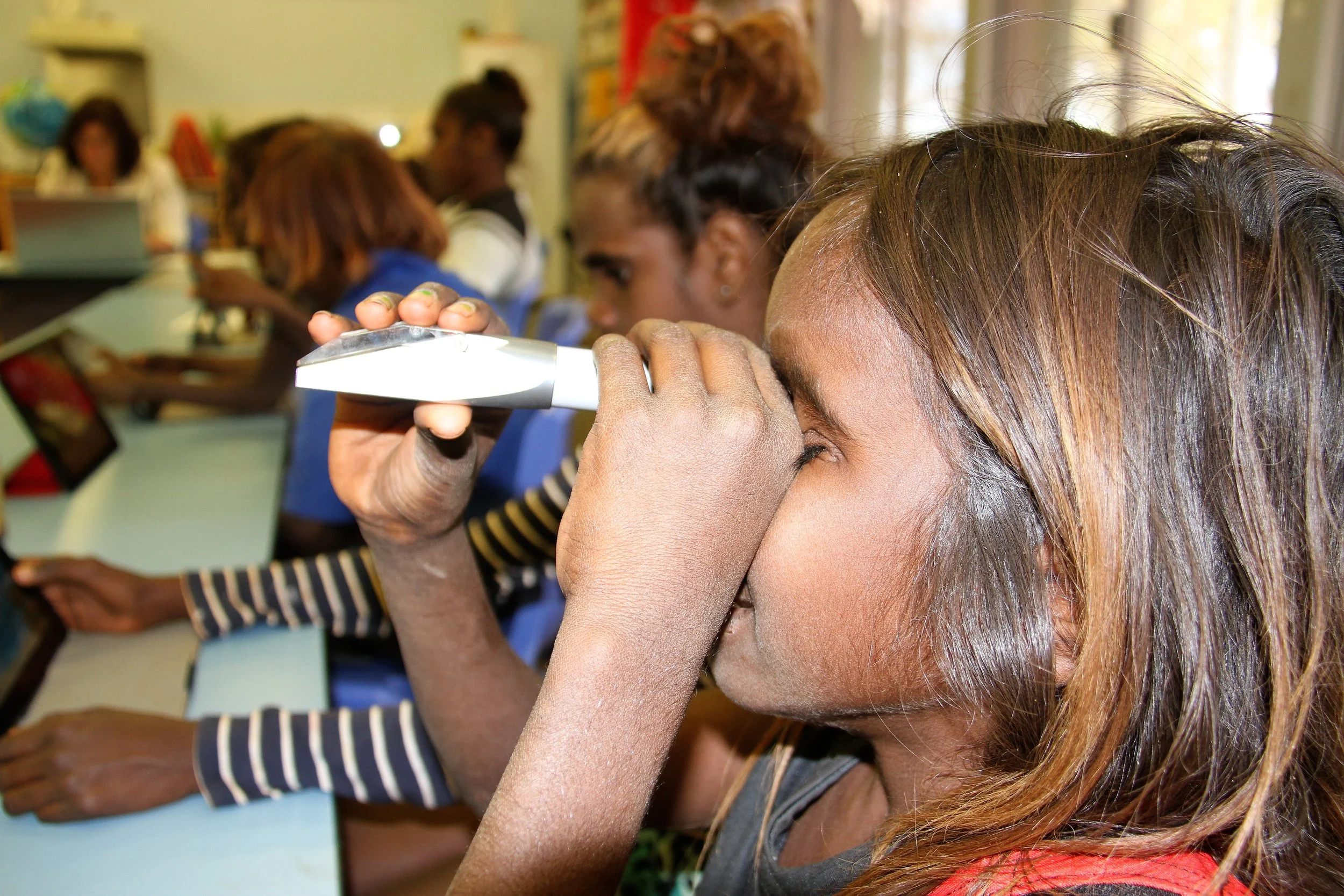In the Classroom
Flowers
Activity
Draw and Label Parts of a Plant:
Using WORKSHEET 3 – Parts of a plant, (TOOLBOX), label all parts highlighted.
Quairding Banksia, Banksia Cuneata
Activity
Draw and Label Parts of a Garden Flower
Show PowerPoint – Flowers, and pollination – Part 1, Flowers (TOOLBOX)
• Step through each slide, interacting with students. Revise, until students can identify and pronounce each structure.
• Using a local garden flower with petals, and knowledge gained from the PPT, have students identify all the parts in their flower. These include petals, and stamens with an anther at the tip. Anthers make the pollen and will often be yellow. These are the male part of the flower.
• Help students to identify the single female style (generally in the centre) with its tiny knob at the end, called a stigma, (together they are called a pistil).
• Beneath the style (usually at the base of the petals) is the ovary, containing the ovules. These are the plant’s version of eggs.
1. Draw and label all parts of the flower.
2. Add words highlighted to the Word wall.
Activity
Draw a Bush Flower:
1. A single flowering spike from the Acorn banksia (B. prionotes, manyret), (or bottlebrush and calothamnus) will supply enough flowers for a classroom.
2. Students draw the flowering spike, and beside it, a single flower.
3. To dissect a single flower, use tweezers and gently, but firmly, tug from the base of the spike a single flower. It consists of anthers (2 or 4) and a single pistil, generally slightly longer than the anthers.
4. Display drawings on Wall space, adding to the appropriate tree (if possible), or nearby.
Banksia Flower
Art: Challenge students to create a still life drawing using their observation skills to replicate each part of the flower. Using watercolours, have students experiment with blending colours, and making patterns and gradients.
Activity
Measure Sugar in a Flower:
COLLECTING NECTAR
1. From the flowering spike
• put spikes in a plastic bag, hold the neck of the bag firmly closed and spin many times. A drop will form at the bottom of the bag.
• using a plastic Pasteur pipette, carefully draw up the drop.
2. From a tubular-shaped flower
• Tar Bush (Eremophila glabra), stores nectar in the tube made by the petals (corolla).
• using a Pasteur pipette, insert the tip in the base of the corolla and gently draw out a drop of nectar.
MEASURING NECTAR
• gently expel the drop of nectar onto the glass stage of the refractometer. (see Equipment in TOOLBOX).
• close the lid and demonstrate to students how to hold the refractometer to their eye and read the scale.
RECORD
• have students enter the number in their science notebook.
Acorn Banksia, manyret, B. prionotes
Working with Flowers in the Classroom
Teacher Note: Picking native flowers is illegal and attracts large penalties. Teachers may find, however, in a local garden a flowering spike of a banksia, bottlebrush or calothamnus.
Measuring sugar concentration, Warralong Community School. Moemai Hook




